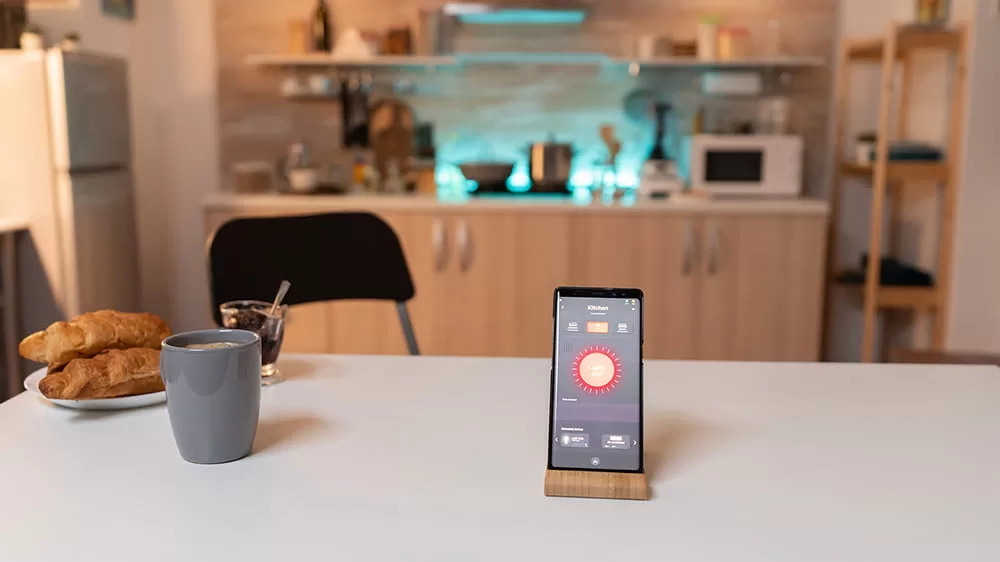What is IoT?
Internet of Things is a system of man-made devices that possess unique identifiers (UID), which are connected to each other on an online network. These devices can transfer data between each other without needing any human interaction.
IoT is currently used in various industries for multiple purposes; for increasing efficiency, improving decision making, or enhancing customer service. It can also be used in automating processes in order to decrease the cost of labor and time wasted. Businesses are adopting IoT solutions as the potential to drive competitiveness is being recognized more and more. IoT solutions are not only beneficial for industrial automation. They can also be used to improve the quality of people’s lives.
IoT Technology
IoT technology can be summarized as smart devices interconnected in embedded systems. Through this connection, they can collect and communicate data. IoT devices usually do not require human interaction unless the user wants to give specific instructions or change settings. IoT technology can also be integrated with artificial intelligence or machine learning to further improve processes of data collection and sharing.
IoT Applications
Real-world applications of IoT technology can be seen both in businesses and public use. For businesses, IoT can be used in various industries such as manufacturing, automotive, energy, and telecommunication. For consumers, one striking example of IoT applications is smart homes. In a smart home, devices connected to a local network can be used to control heating or lighting remotely. Integration of IoT solutions through sensors in smart buildings brings many benefits, including reduction of utility costs.
In smart cities, utilities such as traffic lights and streetlights can be controlled remotely, or their functions can be automated by deploying sensors in various locations. This can help preserve energy, therefore create environmental benefits. Formerly a futuristic concept, smart farming is also possible with IoT applications. IoT in agriculture can help monitor fertility conditions of crop fields. IoT solutions are also being applied in healthcare facilities, which allows patients’ data to be more closely monitored and collected. Wearable devices, which are also part of IoT, are finding their places in different areas of our lives; improving public safety and emergency response times.
IoT Security
One of the important issues about IoT technology is security and privacy. IoT devices can sometimes require the personal information of their users. As IoT applications work through a connection of devices on a network where billions of data points are exchanged, the security of personal data can be among the biggest concerns. Poor security measures can make IoT devices vulnerable to attacks. Since these devices are interconnected, if any one of them is compromised, all of the stored data can be easily exploited. These kinds of issues can usually be prevented by updating the software of the devices regularly.
IoT Examples
IoT solutions improve both personal lives and businesses. Wearable devices like heart monitors or smartwatches can monitor the user’s physical condition and be a life-saver in some situations. In healthcare institutions, IoT technology can be utilized to monitor the patients more effectively and respond to their needs more quickly. In smart buildings, through sensor deployment in chosen areas, lights and temperature adjustment can be automated; a solution that can contribute to an establishment’s efforts to be environmentally conscious.
IoT leads to better business decisions and increased revenues. The benefits surpass resource savings and bring about positive changes in the quality of our lives.


